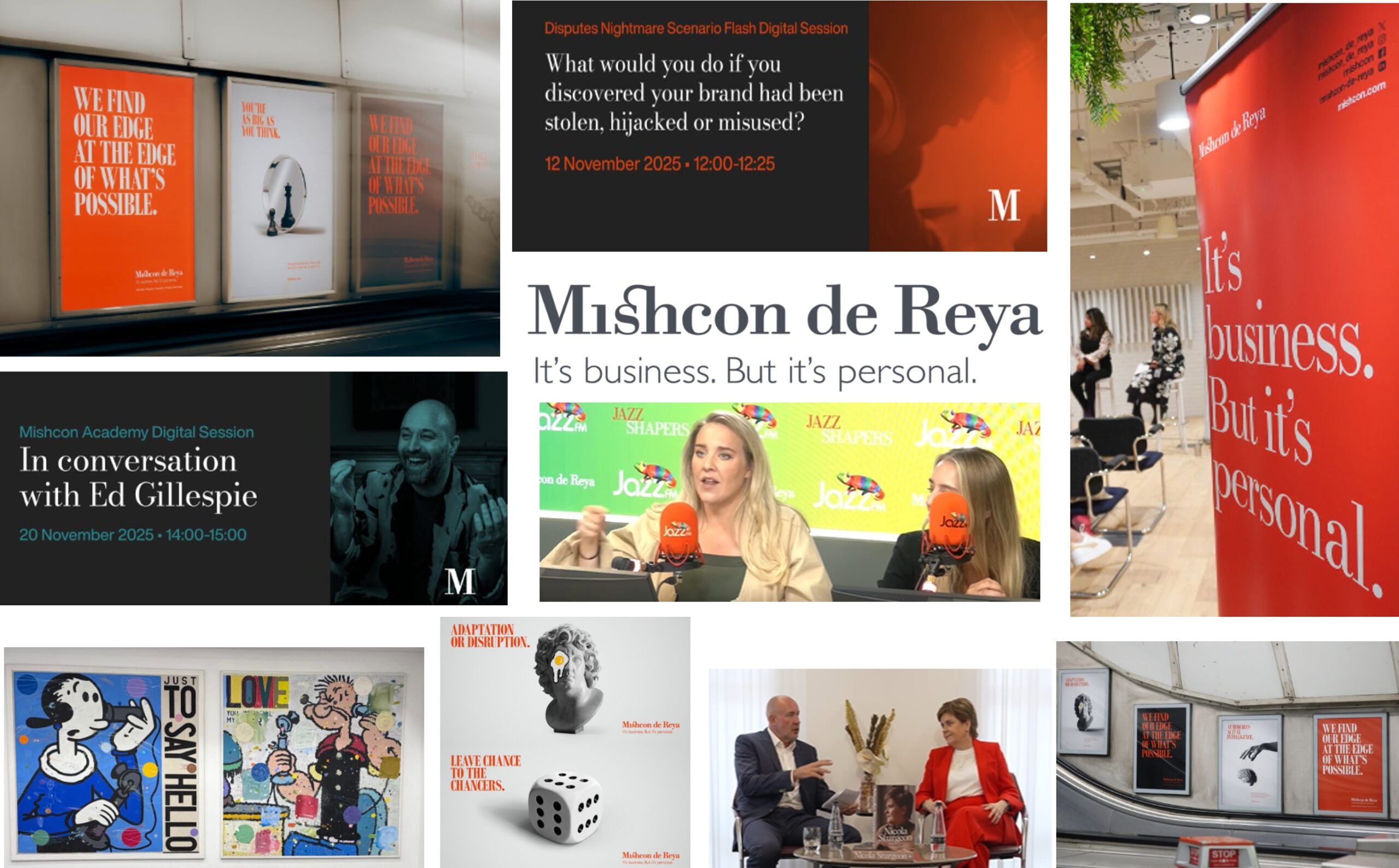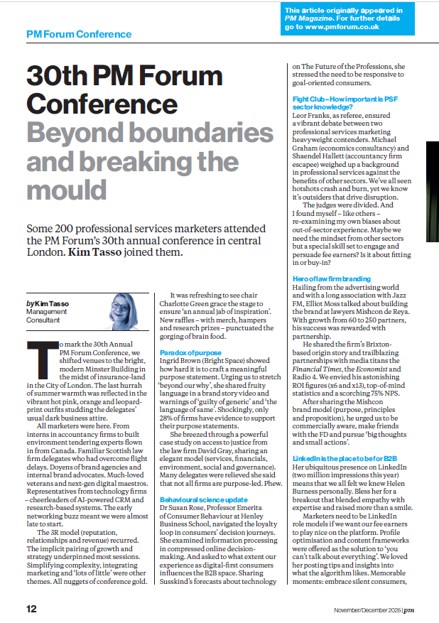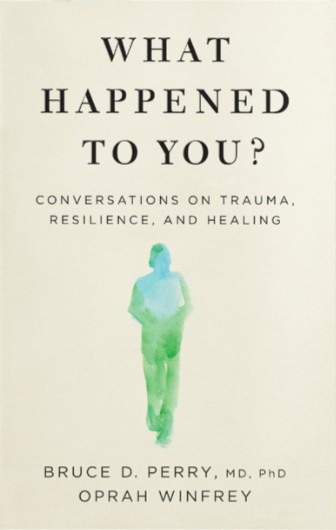I read this book a while ago but have mentioned it to several people (leaders) recently during coaching programmes so thought I’d write a short review to encourage them to read it.
The book, which is based doctoral research using 360 degree feedback (Leadership/Impact instrument – a registered trademark of Human Synergistics International developed by Dr Robert Cooke) to improve leadership performance and published in HBR, starts with Warren Bennis and Burt Nanus’ observation that “there are more than 350 definitions of leadership”.
The book explores seven distinct yet interdependent metaphors – combining art and science – that resonated with research participants who were trying to improve their leadership competencies. I’ve highlighted the key points that struck me as most interesting:
- Fire (Ambition)
- The motivational forces that initiate and sustain transformational efforts as well as personal and organisational reasons for change
- More effective to move from a “burning platform” (coined by Daryl Conner and popularised by Professor John Kotter to denote urgency and commitment to change) to a “burning ambition”. Quote from Kotter in his book “Leading Change” – “Visible crises can be enormously helpful in catching people’s attention and pushing up urgency levels. Conducting business as usual is very difficult if the building seems to be on fire”
- A leader’s motivation is most powerful when it encompasses both organisational and individual imperatives for change
- When leaders shift their focus away from what they want to avoid toward what they want to achieve, they experience a dramatic shift in energy
- The most deeply motivated people hitch their desires to a cause larger than themselves
- While fear may provide the initial spark for action, aspiration is a far more important motivator
- Snowball (Accountability and momentum)
- A positive process through which something small and potentially insignificant builds upon itself over time
- Motion I – a cycle of mutual accountability
- Motion II – creating unstoppable momentum
- Eliminating friction and drag – formulating standards to which all of the management team should hold themselves accountable
- Master Chef (Frameworks, tools and strategies)
- Artfully applying leadership science – frameworks, tools and strategies for change – to make the transformation happen
- A key idea is to show what a leader wanted from others, rather than telling them
- A framework comprises the key activities, time frames, milestones and commitments on the road to change – as well as a baseline for measurement
- The importance of trajectory over absolute outcome – the more fluid and artistic application of the framework to a changing world helps accelerate transformation
- The concept of impact was pioneered by Dr Roger Cooke – creating a mental story to allow leaders to move forward quickly
- The importance of how a leader encourages others to behave is illustrated with role modelling – with quotes from “The Leadership Challenge” by James Kouzes and Barry Posner: “How you spend your time is the single clearest indicator of what’s important to you”
- The surrender of absolute control in favour of a more empowering and collaborative approach to leadership where autonomy and accountability are in balance (one example used a detailed scorecard for each project)
- Strategies being framed in the context of “from-to”
- From content to context (from operational and technical terms to articulating what success looks like)
- From talking to walking (from telling people what to do to showing them thus avoiding the cognitive bias of “illusory superiority” where we overestimate our positive abilities and underestimate our negative ones”)
- From competing to collaborating (to build trust you must extend more trust than is warranted)
- From guru to guide (from providing answers to coaching others to find answers for themselves
– American psychologist Norman R F Maier says “an effective decision is the product of the quality of that decision and its ownership by others”) - From critic to cheerleader (moving from what is going wrong to what is going right – with the great mantra “Don’t let perfect get in the way of better”)
- Coach (Support and feedback)
- Leaders letting themselves be coached (transported from a state of ignorance to one of knowledge) by others
- Develop a plan or playbook on a single page to focus regular update meetings
- Sometimes coaching needs to be direct and confrontational but within the context of very high levels of trust (perceived credibility, demonstrated reliability and assume good intent) and clear contracting principles
- The Values/Value alignment grid where value and values alignment are mapped to show friends, strangers, partners and users
- Agreeing clear outcomes, specific areas for feedback and behavioural standards for peer coaching relationships. Quoting Marshall Goldsmith, Andrew Thorn and Marilyn McLeod in their paper “Peer Coaching Overview” – “for peer coaching to be impactful each coach plays three basic roles – “I’m your thinking partner”, “I’m here as objective support” and “I’m here to help you be accountable””.
- True fans (and the author includes family members here) will critique when they feel their performance is sub-standard
- Hunter S Thompson quote: “He who is taught only by himself has a fool for a master”
- Mask (Authenticity)
- Two aspects – the concealment of perceived imperfections (like in Phantom of the Opera) and the adoption of an identify that is misaligned with a leader’s authentic self, values or aspirations
- Shedding a mask in favour of a more congruent “best self” and the need for congruity between spoken words and non-verbal communication
- Quote from Brene Brown: “Masks and armour are perfect metaphors for how we protect ourselves from the discomfort of vulnerability. Masks make us feel safer even when they become suffocating. Armour makes us feel stronger even when we grow weary from dragging the excess weight around. The irony is that when we’re standing across from someone who is hidden or shielded by masks and armour, we feel frustrated and disconnected”.
- Quote from Frances Hesselbein “Leadership is a matter of how to be, not how to do it. Only a person who is comfortable in his or her own skin, who has a strong sense of values, who behaves consistently with those values, who demonstrates self-discipline, can begin to lead others”
- One of the case study quotes: “I’ve learned that authenticity comes from confidence, and confidence comes from taking risks. The challenge is that you cant take the risks unless you’re prepared to be vulnerable – it’s actually a sign of strength”
- (There are many more leadership quotes on this site here: http://kimtasso.com/creative-corner/favourite-quotes/leadership/ )
- Movie (Self-reflection)
- Processes for increasing self-awareness and reflection that allow leaders to first “edit” their performance and then direct a “movie” that exemplifies their leadership vision
- Developing capabilities for self-awareness and reflection
- “When leaders are unhappy or frustrated, it is often because they are negatively judging people, circumstances and events too frequently and too quickly” the shift from judging to perceiving means hitting the pause button and asking “What else could be going on here?”
- An excellent exercise is described where the author gave people a week to prepare a list of what they would like each of their colleagues to start doing, stop doing and continue doing
- Organisational theorist Donald Schon’s notion of “reflection-on-action” and “reflection-in-action”
- Russian dolls (Co-ordinating multiple journeys)
- A complementary set of journeys (the individual, the senior leadership team, the wider management team, the organisation and even an international parent company) that interact with a leader’s personal journey, thereby increasing levels of effectiveness
- Focus on the game changers – the few actions that will make the biggest impact and have explicit links between a leader’s own journey and the journeys of those who accompany them
- Buying time with stakeholders for the lagging indicators, such as financial performance, to positively change
- The need to balance work and home life and especially to ensure good health
- Metaphors from leaders including gradual metamorphosis and awakenings
There are a number of interesting and candid case studies highlighting the transformation journey of several successful leaders and the different challenges they faced and addressed. Perhaps the biggest insight for me was the value of the honesty and openness of the leaders who bravely shared their feedback with their teams and sought their help in trying to improve.
Twitter @PeterFuda
NOTE: The Leadership/Impact took breaks down (across satisfaction needs, people orientation, security needs and task orientation) as follows:
Constructive styles
11. Achievement
12. Self-actualising
- Humanistic-Encouraging
2. Affiliative
Passive/defensive styles
3. Approval
4. Conventional
5. Dependent
6. Avoidance
Aggressive/defensive styles
7. Oppositional
8. Power
9. Competitive
10. Perfectionist









